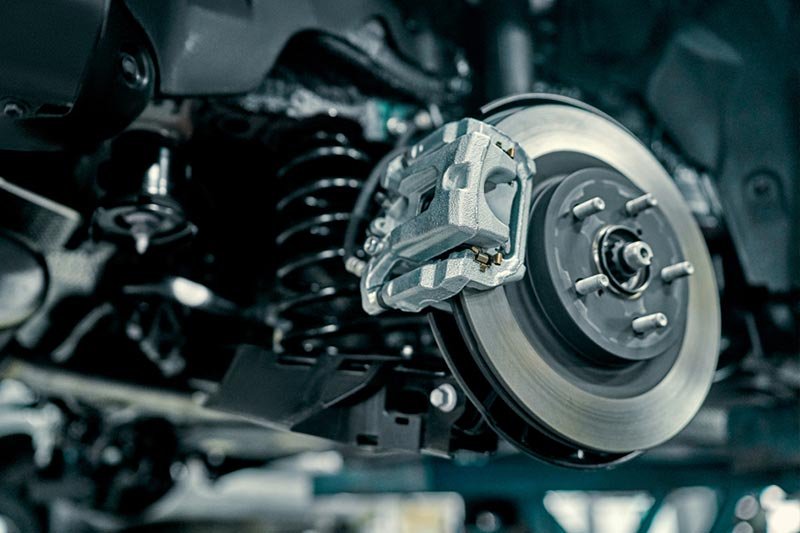Braking systems are one of the most vital safety systems in our vehicles, but they are often taken for granted; when it comes time to stop suddenly, we remember how valuable our brakes are.
Different Types of Braking Systems
Brakes use friction to stop our vehicles, and there are a few types of braking systems: disc brakes, drum brakes, and regenerative brakes. Anti-Lock braking technology adds additional safety to those braking systems.
Anti-Lock Braking Technology
With today's technology, cars have anti-lock brakes to keep them from skidding. In addition to the mechanical parts of the brake systems, the vehicle has an electronic system that measures the speed of the wheels in conjunction with one another. It can determine if the car is skidding or dragging. If one wheel is spinning at 20 mph and one is at zero, the vehicle releases the brake on the wheel going zero and pulses it to keep the car from going into a skid.
Normal Braking Wear
The average life of a braking system can vary a lot based on driving habits and routines. When driving in town, brakes are needed to stop at traffic lights, slow for turns, and adjust speed for changing speed zones. If mostly driven in town, brakes will get more use than if driven mainly on the highway. Most manufacturers recommend inspecting the brake system every year or every 12,000 miles.
We recommend you come in for a Brake Check if:
- A grinding or squealing noise is heard when the brake pedal is pressed.
- A warning light is lit on the dashboard.
- The car skids to one side.
- The car takes longer to stop than expected.
- The pedal goes too far toward the floor or farther than expected.
Brakes are critical to vehicle safety on the road, so we recommend you give us a call at (903) 785-2745 or make an appointment if you suspect there are any issues with your brakes or need a yearly brake inspection.










